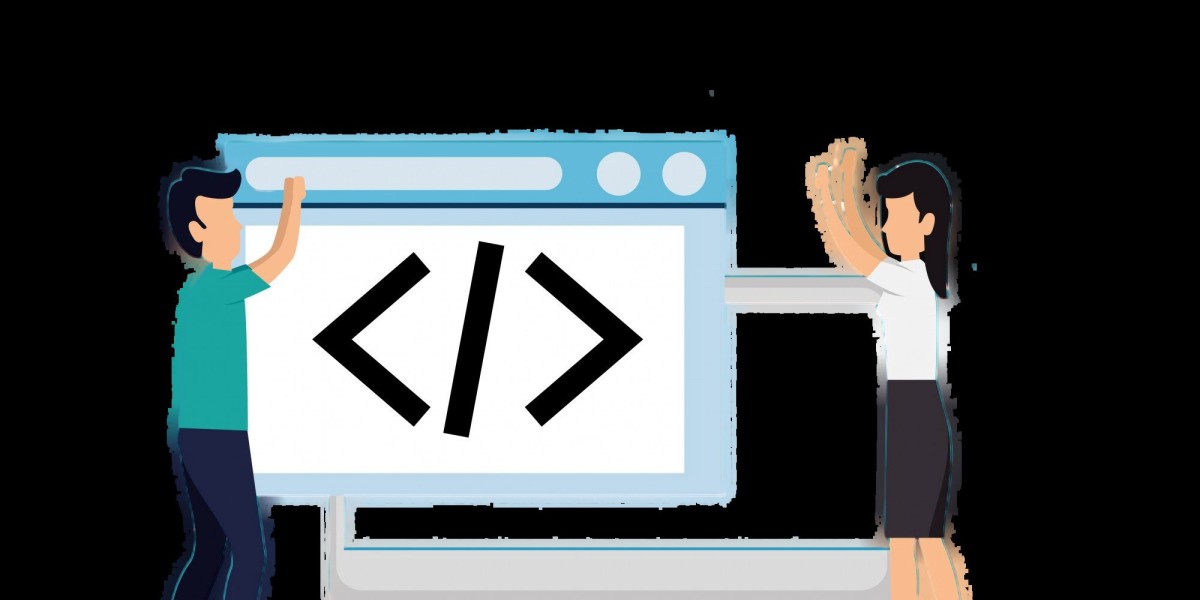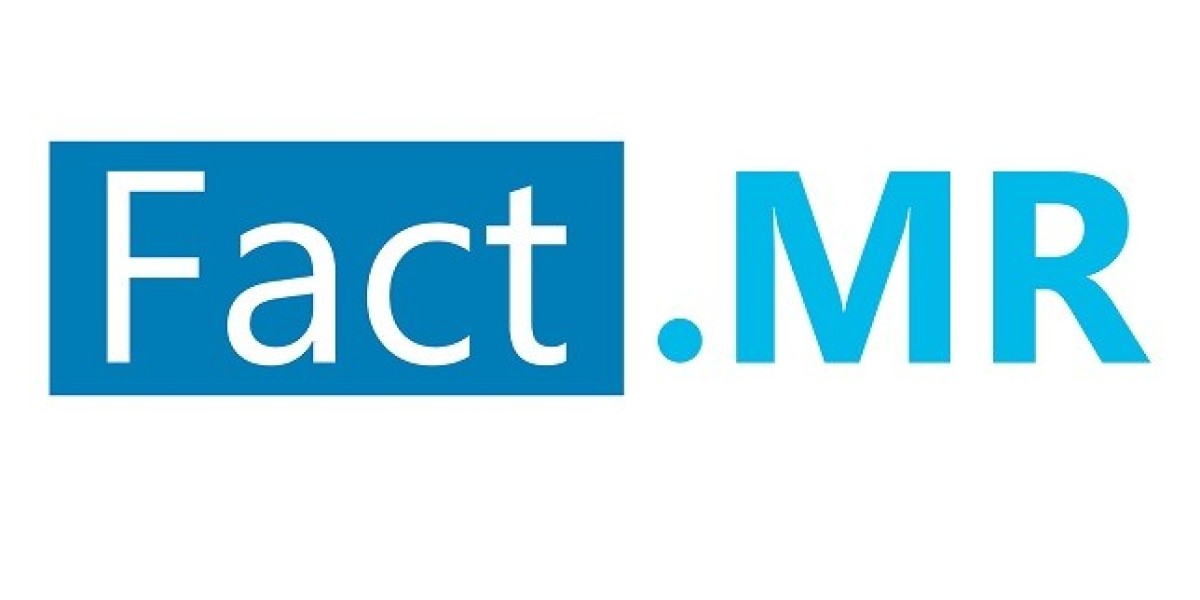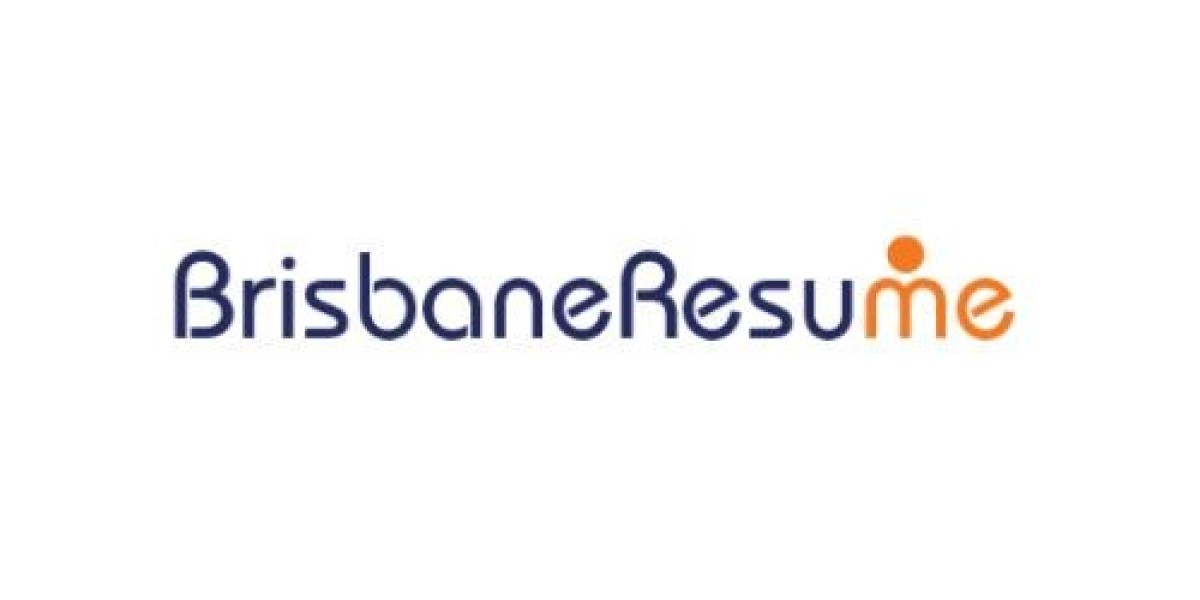Understanding the different IEC 61131-3 programming languages is essential for efficient industrial automation. The primary languages—Ladder Diagram (LD), Structured Text (ST), Function Block Diagram (FBD), Sequential Function Chart (SFC), and Instruction List (IL)—each serve distinct purposes. This article explores their strengths, ideal applications, and how they are applied in PLC and SCADA training.
Ladder Diagram (LD) vs. Structured Text (ST)
- Structured Text (ST) is a text-based programming language similar to Python, often introduced in advanced PLC SCADA courses for tasks requiring data manipulation and complex calculations.
- Advantages of ST: It excels in performing advanced mathematical operations and supports built-in looping structures (
FOR,WHILE) for repetitive tasks. - Ladder Diagram (LD): Known for its graphical clarity, LD remains a core focus in PLC and SCADA training because it is easier to debug, understand, and maintain, even for non-programmers.
- Best Use Case: Use Ladder Diagram for standard control logic and Structured Text for complex computational tasks and data processing.
Ladder Diagram (LD) vs. Function Block Diagram (FBD)
- Function Block Diagram (FBD) is a graphical programming language commonly highlighted in PLC SCADA courses, especially for industries requiring continuous control systems.
- Advantages of FBD: Simplifies the implementation of PID control loops and continuous control tasks, making it ideal for process automation.
- Ladder Diagram (LD): LD is preferred for general automation tasks and simpler control systems due to its visual nature and ease of troubleshooting.
- Best Use Case: Use Function Block Diagram in continuous process control environments and Ladder Diagram for more straightforward automation systems.
Ladder Diagram (LD) vs. Sequential Function Chart (SFC)
- Sequential Function Chart (SFC) is a high-level graphical language resembling a flowchart, often introduced in PLC and SCADA training for modeling sequential workflows.
- Advantages of SFC: It is excellent for designing and visualizing sequential processes and workflows.
- Ladder Diagram (LD): While SFC is great for modeling, LD is more effective for implementing the actual control logic behind each step.
- Best Use Case: Use SFC to plan and design sequential workflows and Ladder Diagram to execute the underlying control logic.
Ladder Diagram (LD) vs. Instruction List (IL)
- Instruction List (IL) is a low-level text-based programming language similar to assembly code. It is rarely taught in modern PLC SCADA courses or PLC and SCADA training because of its complexity and difficulty in debugging.
- Disadvantages of IL: Writing and troubleshooting IL code is challenging, making it less suitable for modern automation systems.
- Best Use Case: Avoid Instruction List in new projects. Instead, use Ladder Diagram for clarity, maintainability, and ease of troubleshooting.
Recommendations for PLC SCADA Courses and PLC and SCADA Training
In most PLC SCADA courses and PLC and SCADA training programs:
- Ladder Diagram (LD): Forms the foundation due to its simplicity, visual clarity, and widespread adoption in industrial automation.
- Function Block Diagram (FBD): Best suited for continuous control systems and PID loop implementations.
- Structured Text (ST): Ideal for heavy computations, data processing, and tasks requiring repetitive logic structures.
- Sequential Function Chart (SFC): Perfect for designing sequential workflows but should be paired with Ladder Diagram for control logic execution.
- Instruction List (IL): Outdated and rarely used; avoid it for new projects.
When it comes to plc scada training in bangalore, Cognidel sets itself apart with its commitment to quality education and student success. The institute emphasizes a practical, project-based learning approach, enabling students to confidently handle industrial automation challenges. Flexible batch timings, personalized mentorship, and a strong placement network further enhance the learning experience, ensuring graduates are job-ready and equipped for rewarding careers in industries such as manufacturing, energy, and infrastructure. Cognidel remains the preferred choice for aspiring automation professionals looking to build a strong foundation in PLC and SCADA technologies.
Naijamatta is a social networking site,
download Naijamatta from Google play store or visit www.naijamatta.com to register. You can post, comment, do voice and video call, join and open group, go live etc. Join Naijamatta family, the Green app.
Click To Download


